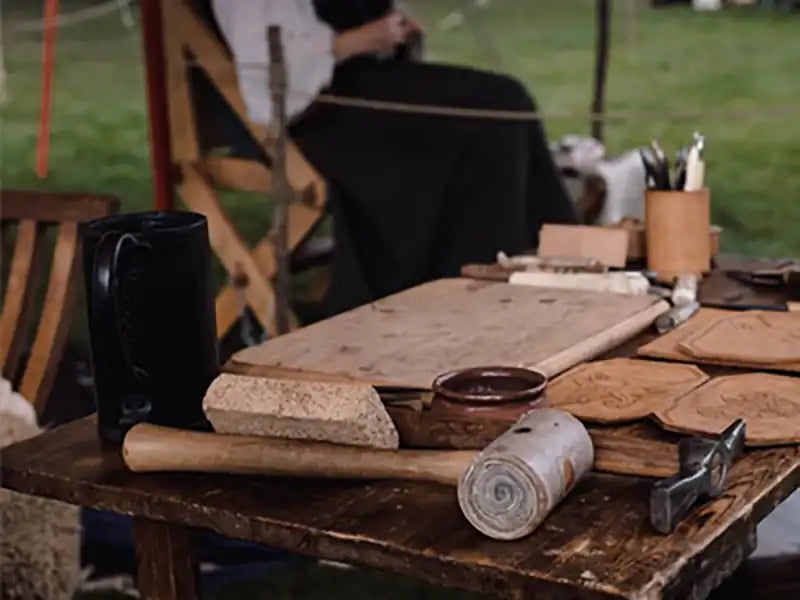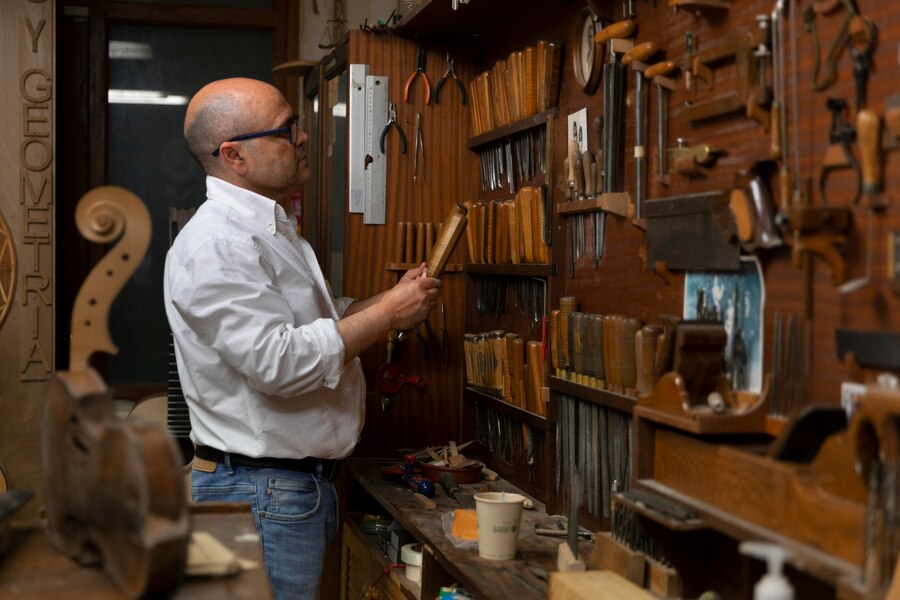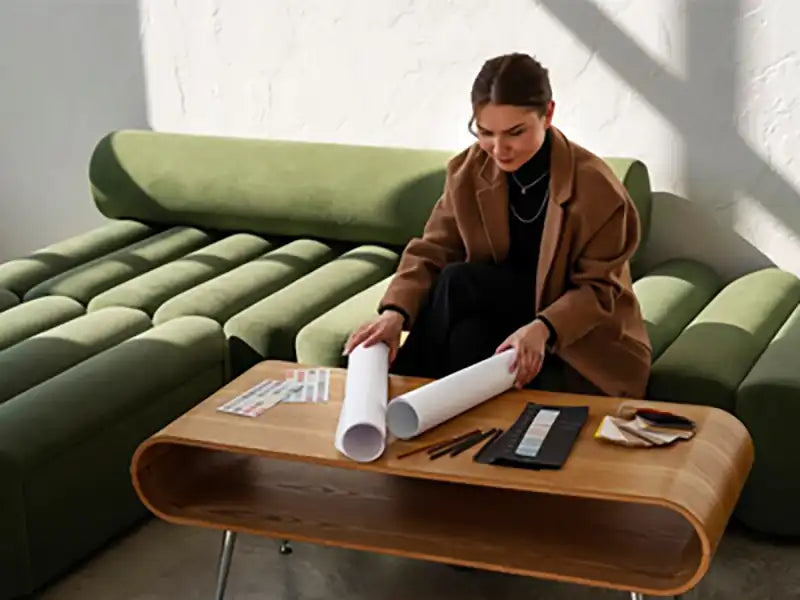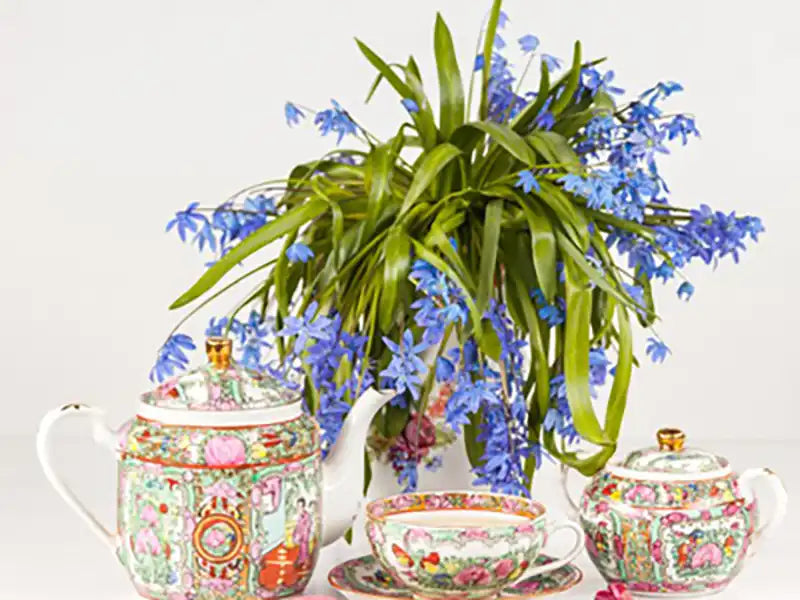Cart
0
Buying furniture is a significant investment for any home, and ensuring you get quality pieces is essential for both durability and aesthetics. In Melbourne, where design and craftsmanship are celebrated, it’s important to know how to differentiate between well-made furniture and mass-produced, low-quality options. This guide will help you recognize the hallmarks of quality furniture so that you can make informed decisions when shopping for your next piece.
## 1. Look at the Materials
One of the clearest indicators of furniture quality is the materials used. Premium materials not only add to the beauty of a piece but also enhance its longevity. Here are some key factors to consider:
### a. **Solid Wood vs. Particle Board**
Solid wood is generally a sign of high-quality furniture. Hardwoods like oak, walnut, and mahogany are durable, sturdy, and often used in premium furniture. Softwoods like pine are still good options, though not as durable as hardwoods. Be wary of furniture made from particleboard or MDF (medium-density fiberboard), as these materials are less durable and prone to damage.
### b. **Fabric and Upholstery**
The quality of upholstery is crucial when it comes to sofas and chairs. Natural fabrics like cotton, linen, and wool are durable and provide comfort, while leather is a long-lasting, luxurious option that ages beautifully. Synthetic fabrics can be durable, but lower-grade synthetics may wear out faster and lose their appearance.
### c. **Metal Components**
If your furniture has metal parts, such as table legs or chair frames, check for rust-resistant metals like stainless steel, brass, or iron. Lightweight, flimsy metals like aluminum may indicate lower quality, as they are prone to bending or breaking.
## 2. Inspect the Construction and Craftsmanship
Well-made furniture will have visible signs of careful construction and skilled craftsmanship. Here’s what to look for:
### a. **Joinery**
Good furniture uses strong joinery techniques like dovetail, mortise and tenon, or dowel joints. These methods involve interlocking pieces of wood without relying solely on nails or glue, creating a stronger bond and better stability. Avoid furniture that’s held together with visible screws, glue, or staples, as these fastenings are weaker and indicate lower quality.
### b. **Smooth Finishes**
High-quality wood furniture should have smooth, even finishes. Run your hand along the surface to check for rough patches, splinters, or uneven staining. Well-made furniture will have a polished, smooth surface without visible defects.
### c. **Solid Construction**
When inspecting larger pieces like tables or wardrobes, give them a gentle shake to see if they wobble or creak. Quality furniture should feel solid and stable, without any shifting or noise. If a piece feels flimsy, it’s likely made from low-grade materials or has poor construction.
## 3. Pay Attention to the Design and Details
Beyond basic construction, the details of the furniture can reveal a lot about its quality:
### a. **Symmetry and Alignment**
Look closely at the symmetry and alignment of the furniture. Drawers should slide smoothly, and doors should open and close without sticking or uneven gaps. Well-made furniture will have tight, even seams and edges, reflecting attention to detail.
### b. **Cushion Fillings**
For upholstered furniture like sofas or chairs, the cushion filling is key to both comfort and durability. High-quality cushions are typically filled with high-density foam, down, or a combination of foam and feathers. Low-quality cushions may flatten quickly or feel lumpy after minimal use.
### c. **Stitching and Upholstery Details**
Check the stitching on upholstered furniture for tight, even seams. Loose threads or uneven stitching are signs of poor craftsmanship. If the upholstery pattern includes designs or prints, ensure that the fabric is neatly aligned and that the pattern matches at the seams.
## 4. Ask About Warranties and Return Policies
Reputable furniture retailers in Melbourne usually offer warranties on their products, especially for high-quality pieces. A good warranty is a sign that the manufacturer stands behind their craftsmanship and materials. Don’t hesitate to ask about warranties or return policies before making a purchase, as these can offer peace of mind if something goes wrong.
### a. **Warranty Length**
Quality furniture often comes with longer warranties, typically ranging from one to five years, covering defects in materials and construction. A longer warranty period is a good indicator of the manufacturer’s confidence in their product’s durability.
### b. **Return Policies**
Understanding the store’s return policies is also important. Quality retailers are more likely to offer reasonable return or exchange options if the furniture doesn’t meet your expectations or if you find defects after purchase.
## 5. Look for Sustainable Practices
Sustainability is becoming increasingly important in the furniture industry, and high-quality pieces are often made with environmentally responsible practices. In Melbourne, many furniture makers and stores prioritize sustainability through the use of eco-friendly materials and responsible sourcing methods.
### a. **Certified Timber**
Look for furniture made from FSC (Forest Stewardship Council) certified timber, which ensures that the wood is sourced from responsibly managed forests. This is a sign of high-quality, sustainable craftsmanship.
### b. **Recycled or Reclaimed Materials**
Furniture made from recycled or reclaimed materials can offer both environmental benefits and unique, character-filled designs. Pieces made from reclaimed wood, for example, often feature distinctive grain patterns and textures that add personality to your home.
## 6. Research the Brand or Manufacturer
When buying furniture in Melbourne, it’s worth doing some research on the brand or manufacturer. Reputable companies are known for their commitment to quality, craftsmanship, and customer satisfaction. Here are a few ways to research:
### a. **Read Reviews**
Customer reviews can provide valuable insights into the durability, comfort, and overall satisfaction with a piece of furniture. Look for reviews on the retailer’s website, social media pages, and independent review platforms to get an unbiased view of their products.
### b. **Visit Showrooms**
If possible, visit furniture showrooms to see the pieces in person before making a purchase. Many high-end stores in Melbourne allow customers to test out furniture and speak directly with staff who can provide more details about the construction and materials used.
### c. **Ask About Customization**
Many quality furniture retailers offer customization options, allowing you to choose the exact materials, finishes, and sizes that suit your home. Custom furniture is often a sign of high-quality craftsmanship, as it’s made to order and tailored to your preferences.
## 7. Avoid Impulse Purchases
High-quality furniture is an investment, and it’s important not to rush the buying process. Take the time to compare options, research, and thoroughly inspect any piece before making a decision. Avoid impulse purchases, especially from retailers offering deep discounts or "too good to be true" deals, as these are often signs of lower-quality furniture.
## Conclusion
Knowing how to identify quality furniture in Melbourne will help you make smart purchasing decisions that last. From inspecting materials and craftsmanship to researching brands and asking about warranties, there are several ways to ensure you’re investing in pieces that offer durability, comfort, and style. By taking the time to evaluate furniture thoroughly, you’ll bring home items that enhance your living space and stand the test of time.
## 1. Look at the Materials
One of the clearest indicators of furniture quality is the materials used. Premium materials not only add to the beauty of a piece but also enhance its longevity. Here are some key factors to consider:
### a. **Solid Wood vs. Particle Board**
Solid wood is generally a sign of high-quality furniture. Hardwoods like oak, walnut, and mahogany are durable, sturdy, and often used in premium furniture. Softwoods like pine are still good options, though not as durable as hardwoods. Be wary of furniture made from particleboard or MDF (medium-density fiberboard), as these materials are less durable and prone to damage.
### b. **Fabric and Upholstery**
The quality of upholstery is crucial when it comes to sofas and chairs. Natural fabrics like cotton, linen, and wool are durable and provide comfort, while leather is a long-lasting, luxurious option that ages beautifully. Synthetic fabrics can be durable, but lower-grade synthetics may wear out faster and lose their appearance.
### c. **Metal Components**
If your furniture has metal parts, such as table legs or chair frames, check for rust-resistant metals like stainless steel, brass, or iron. Lightweight, flimsy metals like aluminum may indicate lower quality, as they are prone to bending or breaking.
## 2. Inspect the Construction and Craftsmanship
Well-made furniture will have visible signs of careful construction and skilled craftsmanship. Here’s what to look for:
### a. **Joinery**
Good furniture uses strong joinery techniques like dovetail, mortise and tenon, or dowel joints. These methods involve interlocking pieces of wood without relying solely on nails or glue, creating a stronger bond and better stability. Avoid furniture that’s held together with visible screws, glue, or staples, as these fastenings are weaker and indicate lower quality.
### b. **Smooth Finishes**
High-quality wood furniture should have smooth, even finishes. Run your hand along the surface to check for rough patches, splinters, or uneven staining. Well-made furniture will have a polished, smooth surface without visible defects.
### c. **Solid Construction**
When inspecting larger pieces like tables or wardrobes, give them a gentle shake to see if they wobble or creak. Quality furniture should feel solid and stable, without any shifting or noise. If a piece feels flimsy, it’s likely made from low-grade materials or has poor construction.
## 3. Pay Attention to the Design and Details
Beyond basic construction, the details of the furniture can reveal a lot about its quality:
### a. **Symmetry and Alignment**
Look closely at the symmetry and alignment of the furniture. Drawers should slide smoothly, and doors should open and close without sticking or uneven gaps. Well-made furniture will have tight, even seams and edges, reflecting attention to detail.
### b. **Cushion Fillings**
For upholstered furniture like sofas or chairs, the cushion filling is key to both comfort and durability. High-quality cushions are typically filled with high-density foam, down, or a combination of foam and feathers. Low-quality cushions may flatten quickly or feel lumpy after minimal use.
### c. **Stitching and Upholstery Details**
Check the stitching on upholstered furniture for tight, even seams. Loose threads or uneven stitching are signs of poor craftsmanship. If the upholstery pattern includes designs or prints, ensure that the fabric is neatly aligned and that the pattern matches at the seams.
## 4. Ask About Warranties and Return Policies
Reputable furniture retailers in Melbourne usually offer warranties on their products, especially for high-quality pieces. A good warranty is a sign that the manufacturer stands behind their craftsmanship and materials. Don’t hesitate to ask about warranties or return policies before making a purchase, as these can offer peace of mind if something goes wrong.
### a. **Warranty Length**
Quality furniture often comes with longer warranties, typically ranging from one to five years, covering defects in materials and construction. A longer warranty period is a good indicator of the manufacturer’s confidence in their product’s durability.
### b. **Return Policies**
Understanding the store’s return policies is also important. Quality retailers are more likely to offer reasonable return or exchange options if the furniture doesn’t meet your expectations or if you find defects after purchase.
## 5. Look for Sustainable Practices
Sustainability is becoming increasingly important in the furniture industry, and high-quality pieces are often made with environmentally responsible practices. In Melbourne, many furniture makers and stores prioritize sustainability through the use of eco-friendly materials and responsible sourcing methods.
### a. **Certified Timber**
Look for furniture made from FSC (Forest Stewardship Council) certified timber, which ensures that the wood is sourced from responsibly managed forests. This is a sign of high-quality, sustainable craftsmanship.
### b. **Recycled or Reclaimed Materials**
Furniture made from recycled or reclaimed materials can offer both environmental benefits and unique, character-filled designs. Pieces made from reclaimed wood, for example, often feature distinctive grain patterns and textures that add personality to your home.
## 6. Research the Brand or Manufacturer
When buying furniture in Melbourne, it’s worth doing some research on the brand or manufacturer. Reputable companies are known for their commitment to quality, craftsmanship, and customer satisfaction. Here are a few ways to research:
### a. **Read Reviews**
Customer reviews can provide valuable insights into the durability, comfort, and overall satisfaction with a piece of furniture. Look for reviews on the retailer’s website, social media pages, and independent review platforms to get an unbiased view of their products.
### b. **Visit Showrooms**
If possible, visit furniture showrooms to see the pieces in person before making a purchase. Many high-end stores in Melbourne allow customers to test out furniture and speak directly with staff who can provide more details about the construction and materials used.
### c. **Ask About Customization**
Many quality furniture retailers offer customization options, allowing you to choose the exact materials, finishes, and sizes that suit your home. Custom furniture is often a sign of high-quality craftsmanship, as it’s made to order and tailored to your preferences.
## 7. Avoid Impulse Purchases
High-quality furniture is an investment, and it’s important not to rush the buying process. Take the time to compare options, research, and thoroughly inspect any piece before making a decision. Avoid impulse purchases, especially from retailers offering deep discounts or "too good to be true" deals, as these are often signs of lower-quality furniture.
## Conclusion
Knowing how to identify quality furniture in Melbourne will help you make smart purchasing decisions that last. From inspecting materials and craftsmanship to researching brands and asking about warranties, there are several ways to ensure you’re investing in pieces that offer durability, comfort, and style. By taking the time to evaluate furniture thoroughly, you’ll bring home items that enhance your living space and stand the test of time.







